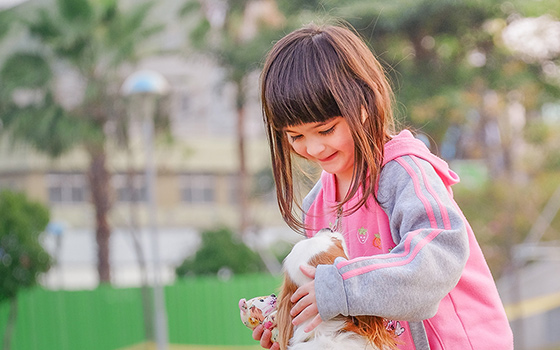Search
Research
Effectiveness of Foodbank Western Australia’s food sensations® for adults food literacy program in regional AustraliaFood Sensations for Adults, funded by the Western Australian Department of Health, is a four-week nutrition education program focused on food literacy, with demonstrated success amongst Western Australians. In the last two years, 25% of programs have been in regional and remote areas and therefore the aim of this research is to explore the impact of the program in regional areas.
Research
Cohort Profile: HABITAT-a longitudinal multilevel study of physical activity, sedentary behaviour and health and functioning in mid-to-late adulthoodThe benefits of physical activity in reducing the risk of non-communicable diseases are well documented. Physical inactivity contributes to 6–10% of the burden of coronary heart disease, type 2 diabetes, and breast and colon cancers.
Research
Energy drink intake is associated with insomnia and decreased daytime functioning in young adult femalesTo investigate the association between energy drink (ED) use and sleep-related disturbances in a population-based sample of young adults from the Raine Study.
Research
Association between vaccination status, symptom identification and healthcare use: Implications for test negative design observational studiesTo test the internal validity of the test-negative design (TND) by investigating associations between maternal influenza vaccination, and new virus detection episodes (VDEs), acute respiratory illness, and healthcare visits in their children.

Our Child Physical Activity, Health and Development team focuses on improving children’s physical activity levels, health and development. We work to uncover the best environments, policies and programs to facilitate physically active lifestyles for lifelong health and wellbeing.
Research
Activated Outside School Hours Care (OSHC)Hayley Karen Christian Lombardi BSc (1st Class Hons), PhD (Distinction) W.Aust. BHSc (Hons), PhD Head, Child Physical Activity, Health and
Research
BEACHES: Built Environments and Child Health in WalEs and AuStraliaThe BEACHES project aims to provide high quality evidence of aspects of the built environment which can be modified to reduce the negative impact on children’s physical activity, eating behaviours and weight status.
Research
Family Friendly EnvironmentsHayley Christian BSc (1st Class Hons), PhD (Distinction) W.Aust. Head, Child Physical Activity, Health and Development; Ascend Senior Research Fellow
Research
Where are the alcohol advertising hotspots near schools?Physically locating liquor stores near schools can strongly influence the chances of youth accessing and consuming alcohol, and may also increase children's exposure to alcohol advertising. Investigating the association between the presence of a liquor store near a school and the prevalence of outdoor alcohol advertising is crucial from a policy perspective, as it can inform future regulations on the placement of liquor stores and outdoor advertising near educational institutions.
Research
Neighbourhood walkability and body mass index in children: Evidence from the Millennium Cohort Study in WalesOverweight and obesity in children continues to increase. Yet, the role of active transport, namely walking, in mitigating these trends remains unclear. This study examined the cross-sectional association between walkability and children's Body Mass Index (BMI) and how this varies by socio-economic and lifestyle characteristics.
